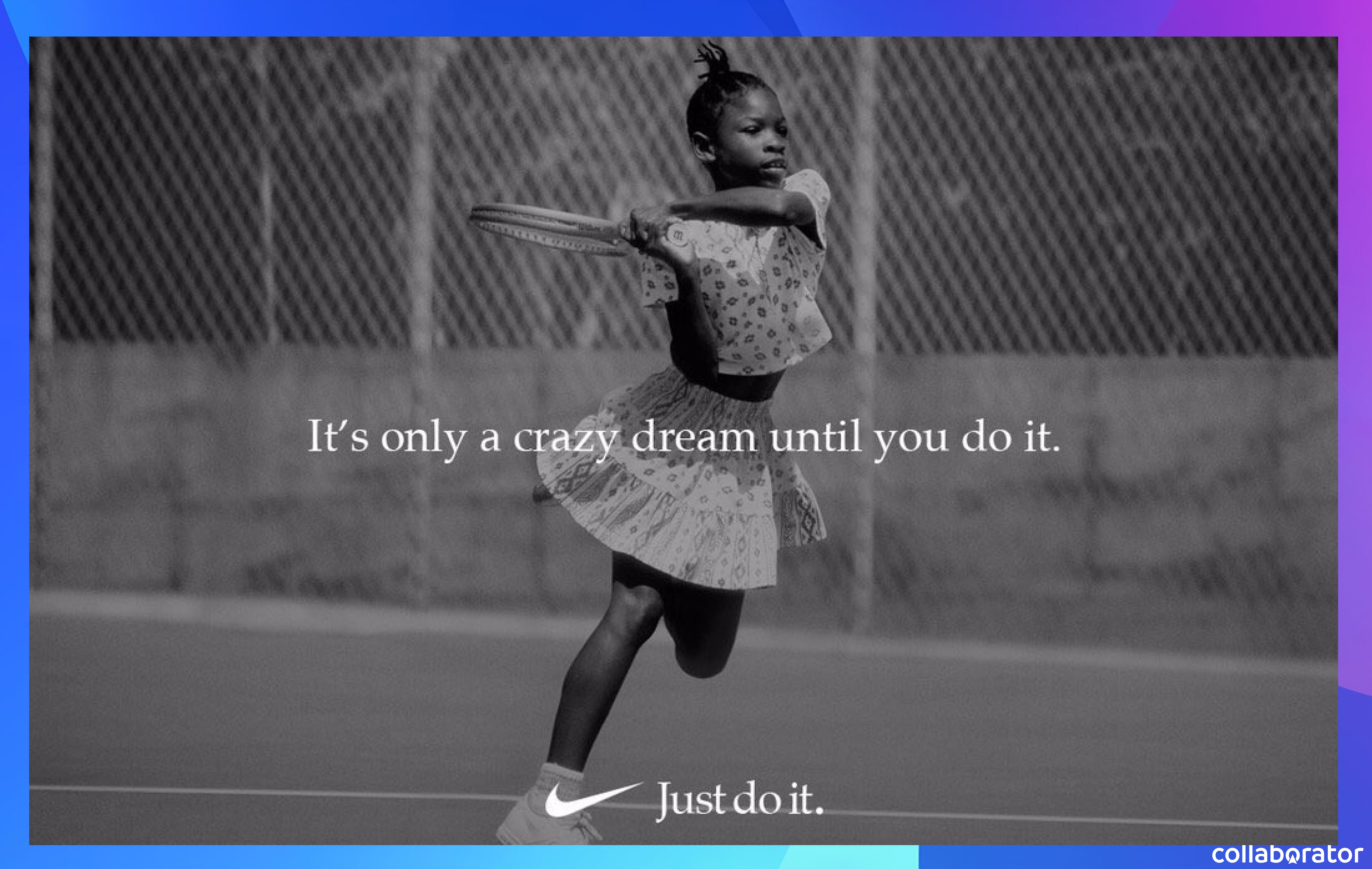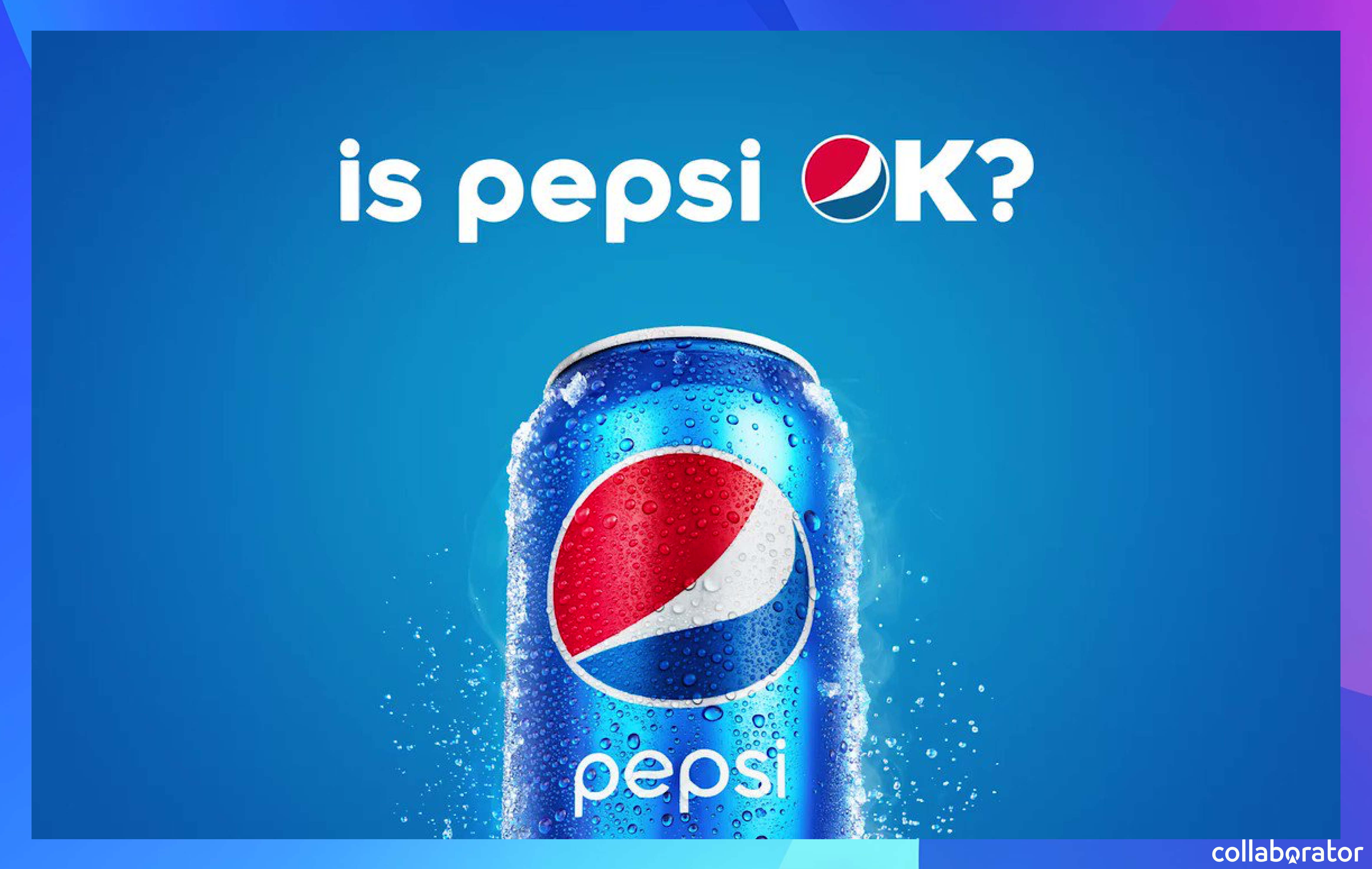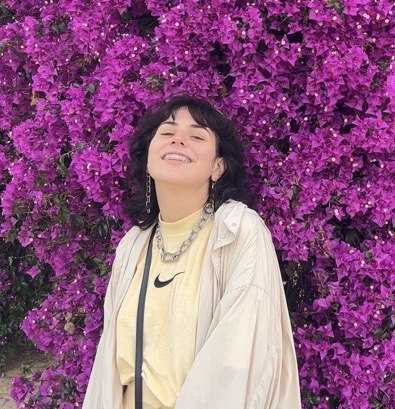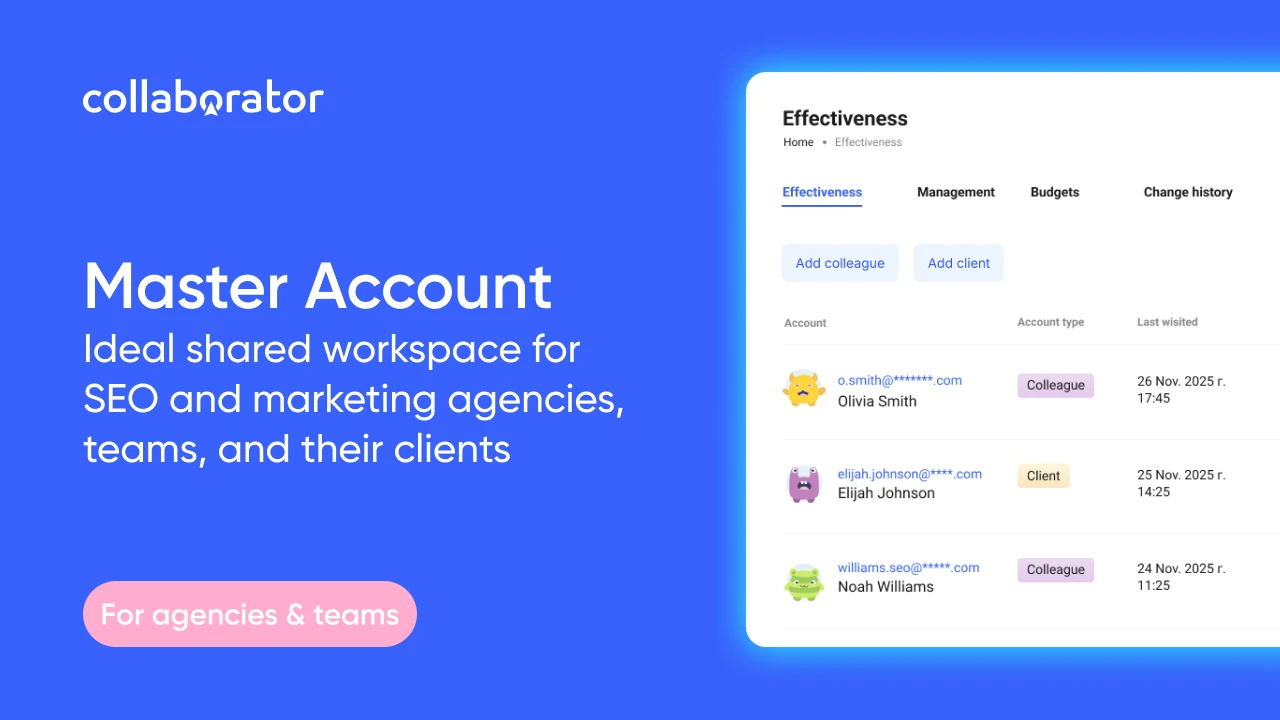
The terms marketing and advertising are often confused. It's not surprising, as both share the same goal: promoting a brand, a product, or a service to increase sales and revenue. However, for any business striving to succeed, knowing the difference between them is essential.
Despite having many similarities, marketing and advertising operate on different levels and consist of different strategies and techniques. Today, we'll explore the differences between marketing and advertising and their role and importance in business promotion.
Let's start with the basics.
What is Marketing?
Marketing’s definition is identifying, anticipating, and satisfying your target audience's needs and wants by promoting and distributing products and services. The ultimate marketing purpose is to increase sales by creating a human-like connection between the brand and the audience. Marketing also increases customer loyalty and builds brand awareness among its target audience.
To further understand traditional marketing, let's examine the Marketing Mix or Four Ps.
Key Components (Four P's)
- Product. What you are selling. It can be a physical product, brand, or anything you promote.
- Price. How much does it cost? Even if you have the greatest product humanity has ever offered, your target audience may be unable to purchase it—no matter how much money you invest in marketing. Conduct proper market research to determine the correct price.
- Place. Where and how you distribute it. It doesn't necessarily mean where your business is physically located. In this instance, Place stands for your target market, your logistics, and your distribution channels.
- Promotion. How you communicate its benefits. Although it may be contradictory, promotion in marketing can also include advertisements, PR, and direct sales.
Moreover, marketing is not one-dimensional. It includes various channels and marketing strategies, and to create a successful marketing campaign, you need to decide which outlet will help you promote your brand the most.
Types of Marketing
Different marketing tactics include different media channels and techniques. To determine which works best for you, you need to know what each entails.
|
Digital Marketing |
Digital marketing includes everything that happens online. Think of Social Media Marketing, Email Marketing, Content Marketing, Influencer Marketing, Press Releases, UGC, and SEO. |
|
Outdoor Marketing |
Also known as Out-Of-Home (OOH) Advertising, outdoor marketing refers to anything customers can see in public places. Think of billboards, transit ads, point-of-sale displays, etc. |
|
Affiliate Marketing |
A good example of affiliate marketing is referral programs, which you may see in most online services, such as ReferralCandy, Uber, DoorDash, and many more. Essentially, affiliate marketing rewards customers who bring in new audiences, giving them discounts or special offers in return. |
|
Direct Marketing |
Direct communication with target audiences through emails, texts, phone calls, and direct mail. It personally targets each customer to encourage direct response. |
|
Event Marketing |
Event marketing entails promoting a product or service by offering the customer an experience, such as conferences, webinars, festivals, trade shows, and so on. |
Examples of Marketing
One of the most successful marketing campaigns is Nike's "Just Do It" campaign, which has been running for over three decades. This campaign promotes products and builds a strong brand image by associating them with inspiration and motivation.

One of the ads from Nike's "Just Do It" campaign shows a great example of what the campaign stands for–being inspiring. Source: Nike
Every time you hear the phrase, your mind will automatically show you the swoosh—this is what a great marketing strategy does. It's recognizable, it is easy to connect with, and it works.
Another remarkable example of a marketing campaign is the Always' "Like a Girl'" campaign.

One of the Always advertisements from the “Like a Girl” campaign. Source: Always
The "Like a Girl" campaign by Always, a feminine hygiene brand, consisted of multidimensional advertisements that aimed to destroy the stereotype that doing something "like a girl" means doing it poorly. In the ads, girls were shown participating in various sports and activities.
Their most powerful video started with them asking young people to do something "like a girl"—to run, swing a bat, hit the ball, you get it—and then doing it in a comically "bad" way.
And then they asked little girls. And they did everything that was asked of them with full force. To them, doing it "like a girl" meant precisely that.
This campaign did not directly promote their products, but it generated a lot of buzz in the media world and is now one of the most recognizable campaigns. It's powerful, impactful, and empowering. Always’ marketing team helped change the narrative and transform the negative connotation of the phrase into a symbol of strength and confidence.
What is Advertising?
Advertising is a component of marketing that focuses on paid advertisements. The goal of advertising is the same as that of marketing: promoting products, services, or brand messages.
Advertising can be conducted through various media channels. To determine which outlet to use for a successful advertising campaign, you need to determine which channel is the most useful to you. Let’s take a look at some of the most popular types of advertising and what they entail.
Types of Advertising
|
Online Advertising |
Advertisements displayed on websites, social media platforms, and search engines. Think of targeted advertisements, or Telegram ads, which are popular nowadays due to their pricing and options. |
|
Print Advertising |
Ads in newspapers, magazines, and brochures. Print advertising is great for brick-and-mortar businesses, fashion brands, and services. |
|
Broadcast Advertising |
Advertisements on TV and radio—this type is mostly used by big brands and corporations due to the high prices for limited screen time, making it a more significant investment for smaller businesses. |
|
Outdoor Advertising |
Billboards, posters, and other ads placed in public spaces. The pricing for outdoor advertising may significantly differ — a poster may be available for a small business, but advertising on a billboard — not so much. |
|
Native Advertising |
A common example of native marketing would be ad placements that don’t look “out of place” and don’t immediately register as advertisements. Think of product placements in movies and series or influencers using a product for a review. |
Now that you know what it is and how it can be conducted, let’s dive into how to create a successful strategy for your advertising campaign. Here’s a small check-list that will help you get started!
Key Components
- Target Audience. Who you are trying to reach. Understanding who needs your product is important for communicating it to them.
- Message. What you are communicating. It’s not only important to have a great product, but it’s also crucial to be able to communicate to your audience why it can help them solve their needs.
- Medium. Where you are delivering the message. Different platforms and outlets work for different purposes, and depending on your product, audience, and goal, you can utilize various channels.
- Creative Strategy. How you present the message. This includes everything from the concept to the visuals and everything that goes in between.
- Branding. How the brand is represented. How do you identify, what are your values, and how do you portray your brand? Understanding the brand positioning is crucial to create an effective advertising strategy.
- Call-to-Action. What action do you want the customer to take? Do you want them to subscribe to your newsletter, follow you on social media, participate in a special offer or program, or simply buy the product? A good advertisement makes it clear to the customer what is expected of them.
- Budget. Financial resources allocated to the advertising campaign. You should set your budget before you start planning anything else, as it can limit or expand your advertising resources. To have an understanding of approximate costs, take a look at our guide for Telegram ads pricing.
Examples of Advertising
One of the most memorable and on-point ad campaigns is the iconic "Is Pepsi OK?" ad. If you've ever ordered a Coke in a restaurant that doesn't serve it, you've probably heard this question yourself. So the company, having this insight, decided to answer it in a humorous way.
 A screenshot from the legendary "Is Pepsi OK?" campaign. Source: Pepsi
A screenshot from the legendary "Is Pepsi OK?" campaign. Source: Pepsi
This campaign was successful because it’s humorous and bold and uses a common narrative that people have about the product, accepting it, and owning it.
Marketing Vs. Advertising
While marketing and advertising are closely related, they differ in techniques, approach, cost, metrics, and goals. Let’s sum up everything we went over today and compare the key differences.
|
Marketing |
Advertising |
|
Focuses on broader strategies and building awareness & customer engagement |
Focuses on specific ads and messaging to promote products |
|
A holistic and long-term approach |
Targeted and short-term approach |
|
Generally higher in cost due to broader strategies |
The cost is highly dependent on the media channel and can vary from being relatively cheap (e.g., Meta Ads) to being very costly (TV advertisements) |
|
Metrics include brand awareness, engagement, sales |
Success is measured by reach, impressions, conversion rates |
|
The main goal is to build brand awareness and loyalty |
The main goal is to drive immediate sales and brand recognition |
Conclusion
Understanding the difference between marketing and advertising is as important as implementing them. While marketing is a comprehensive approach that includes various strategies to identify, anticipate, and satisfy customers' needs, advertising is a part of marketing that focuses on promoting products and brand messages through specific advertisements and campaigns.
While they serve slightly different purposes, both are essential tools that complement each other. Without a proper marketing strategy, creating a successful advertising campaign is nearly impossible, and vice versa. If you’re wondering whether you can choose between the two, the answer is almost always no.
If you’re unsure where to start, we got you🙂 Collaborator has over 31 thousand websites in our catalog that you can advertise your project on. You can also browse through our collection of Telegram channels to buy advertisements. You can also always outsource, for instance, by choosing one of the top SEO agencies from our latest guide.
Maintaining a balance between marketing and advertising strategies is the key to successful brand promotion. We wish you to find this balance and build a strong, recognizable brand.







